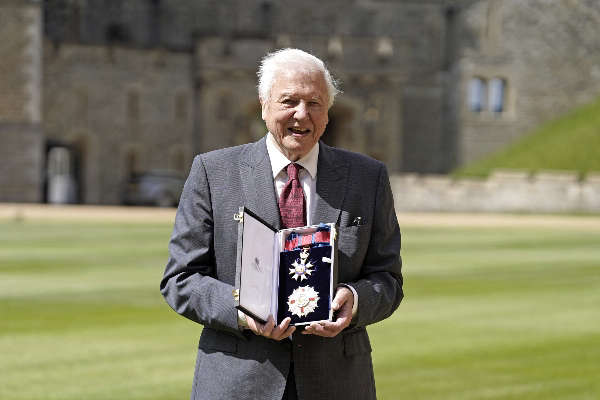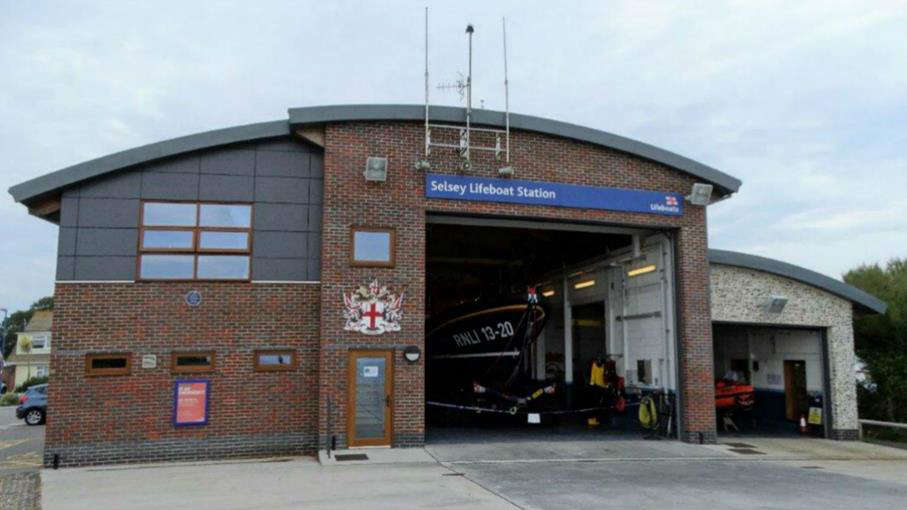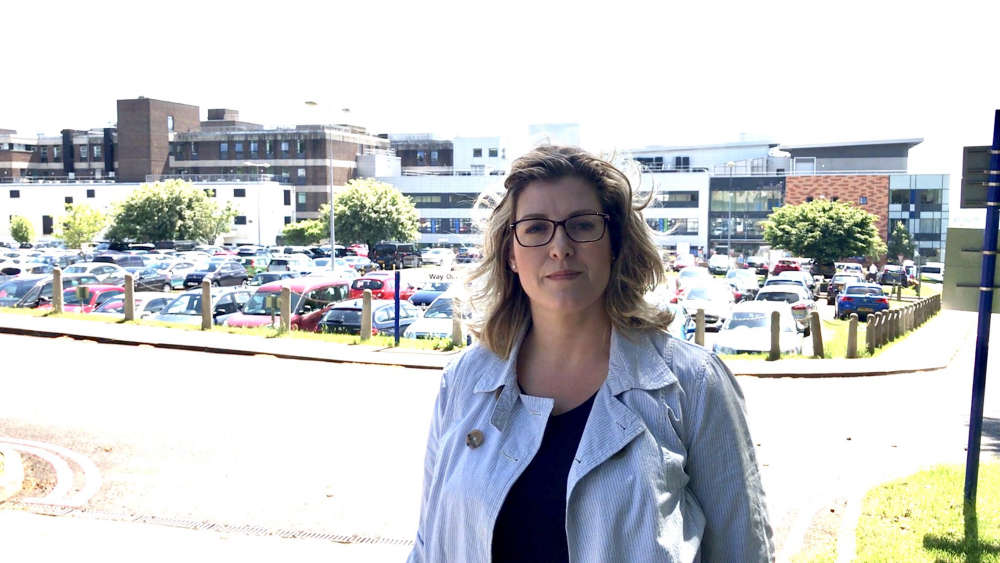
Sir David Attenborough has written to show his support for a project that has been launched off the Selsey coastline to help protect marine habitat.
The project, which is being led by Chichester District Council, is investigating the reasons why there has been a reduction in the number of crabs and lobsters caught off the Manhood Peninsula coastline.
The CHASM (Crustaceans, Habitat And Sediment Movement) project, which has been developed in direct response to concerns from the local fishing community, will also investigate the reasons why there has been an increase in sediment.
Other partners involved in the project include the Channel Coastal Observatory, the University of Southampton, and the University of Brighton, in addition to over 20 national, regional, and local environmental organisations with interests in marine conservation.
“Fishing has been an important part of the economy in Selsey for generations for over 1000 years,” says Cllr Penny Plant, Cabinet Member for the Environment and Chichester Contract Services at Chichester District Council.
“Over the past 10 years, the local fishing community has noticed huge changes in the marine environment.
“This project aims to understand the changes that have taken place in the Selsey crab and lobster fishing grounds and the reasons for this. It will also look to investigate solutions to ensure the sustainability of both the fishing industry and the marine environment.
“We are especially grateful for the support of our partners, from the Universities of Southampton and Brighton, who are carrying out the research for the project.
“We’re also immensely grateful to Sir David Attenborough for acknowledging this important work in a handwritten note that he sent to the partnership. He said that he hoped the work would enable protective measures to be based not on theory, but on facts. We couldn’t agree more!”
Dr Charlie Thompson of the Channel Coastal Observatory and the University of Southampton, comments: “The CHASM project is a wonderful example of what can be achieved through the collaborative efforts of a wide range of researchers, practitioners and the local community to address and understand the changes happening in the coastal environment.”
Dr Heidi Burgess of the University of Brighton, adds: “This important work is enabling us to better understand how some of the different elements that make up the near-shore marine environment function together and how human activities may have been impacting on the functioning of the eco-system.”
Partners and organisations, both local and from further afield, attended a meeting on Tuesday 14 June to find out more about the project and its progress to date. This included the chance to gain first-hand experience of the practical work involved and to see the techniques at work.

 Two Men Jailed for Running Drug Farm in Littlehampton
Two Men Jailed for Running Drug Farm in Littlehampton
 South Coast Sea Warning
South Coast Sea Warning
 Police Continue to Tackle Anti-Social Behaviour Across West Sussex
Police Continue to Tackle Anti-Social Behaviour Across West Sussex
 School Children Across South Coast Get Education Placements
School Children Across South Coast Get Education Placements
 Boost in Medics in Portsmouth
Boost in Medics in Portsmouth
 Two Arrested Following Drugs Warrant in Littlehampton
Two Arrested Following Drugs Warrant in Littlehampton
 81st Goodwood Members' Meeting
81st Goodwood Members' Meeting
 Appeal Following Serious Injury Collision in Cowplain
Appeal Following Serious Injury Collision in Cowplain
 Identity Appeal After Man Assaulted in Horsham
Identity Appeal After Man Assaulted in Horsham
 Tributes Paid to 'amazing daughter, sister and mother' Following Eastbourne Collision
Tributes Paid to 'amazing daughter, sister and mother' Following Eastbourne Collision






